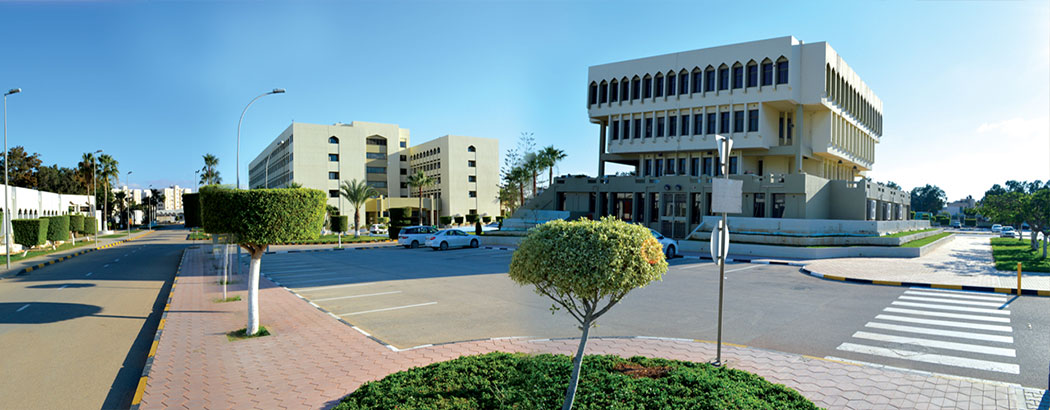
GENERAL
It is envisaged that the accepted extended abstracts will either be published in time to be distributed during the workshop or shortly after the end of the event. Consequently, only extended abstracts that were prepared in accordance with these Guidelines will be considered for publication in the Proceedings.
Submission of an extended abstract is understood to imply that it is original and has not been published previously, that it is not under consideration for publication elsewhere, and that if accepted it will not be published elsewhere in the same form, in English or in any other language.
Extended abstracts should be submitted in Word Format, there should be a margin of about 3 cm on the left-hand side of the page, and at least 2 cm on the right-hand side, with 3 cm at the top and bottom. Submitted papers should be received in FOUR files.
1. Complete with all contents; text, illustrations and tables (in Word format).
2. Complete with all contents; text, illustrations and tables (in PDF format).
3. Illustrations and tables (should be minimum) (in TIFF format) only.
4. Text only “including illustration and table captions” (in Word format).
When preparing your text please do not use options such as automatic hyphenation, justified layout, double columns or automatic paragraph numbering. But please do use bold face, italic, subscripts, superscripts, etc., as appropriate.
The first text page should contain the title of the paper, the name(s) of the author(s), their affiliations, and e-mail contact.
HEADINGS
Four grades of headings are normally used in the Proceedings:
1. FIRST-ORDER HEADING [capitals, centred].
2. Second-order heading [italics, at the margin]. Text follows on 2nd line.
3. Third-order heading [italics, at the margin]. Text follows on next line.
4. Fourth-order heading [italics, at the margin]. Text follows on the same line.
If a further sub-division is needed, (1), (2), (3), etc. or (a), (b), (c), etc. should be used.
Use standard English spelling (Oxford English Dictionary) NOT standard American spelling.
GEOGRAPHIC NAMES
All geographic names (but NOT names of formations, etc) are to be spelled according to the National Atlas of Libya which follows the Official Standard Names Gazetteer. If you do not have a copy of the Atlas (or Gazetteer) then please refer to The Geology of Libya (I-VII), The Geology of Sirt Basin, 1996, (I-III), The Geology of North-western Libya, 2003 (I-III), The Geology of Eastern Libya, 2008 (I-IV) or theGeology of Southern Libya,2012 (I-III) where the names conform to the National Atlas of Libya.
STRATIGRAPHIC TERMINOLOGY AND NOMENCLATURE
Standard terminology for unit names should be followed where available – use Barr and Weegar, 1972, Hammudaet al., 1985 and IRC publications. In cases where there is no standard nomenclature, the author must follow a particular nomenclature throughout the text and in the figures. In those cases where two or more names are given to the same unit one name must be adopted and the synonyms can be referred to between parentheses the first time they appear in the text. In all cases consistency must be maintained throughout the paper and the figures.
FOOTNOTES (see also Tables)
Footnotes (except for tables where they should be concise) should not be used, the information should be incorporated in the normal text.
ABBREVIATIONS
Use standard English abbreviations, e.g.:
| Example of use | Abbreviation | Measurement |
| 27 m (note 1 space between number and letter) | m | metre/s |
| 11 cm | cm | centimetre/s |
| 73 km | km | kilometre/s |
| 69 km2 | km2 | square kilometres |
| 51 x 106m3 | 106m3 | million cubic metres |
| 35 m a.s.l. | a.s.l. | above sea level |
| m.s.l. | mean sea level | |
| 35 p.p. 57-98 | p. | page/s |
for more informaiton check the file Guidelines for autthors











